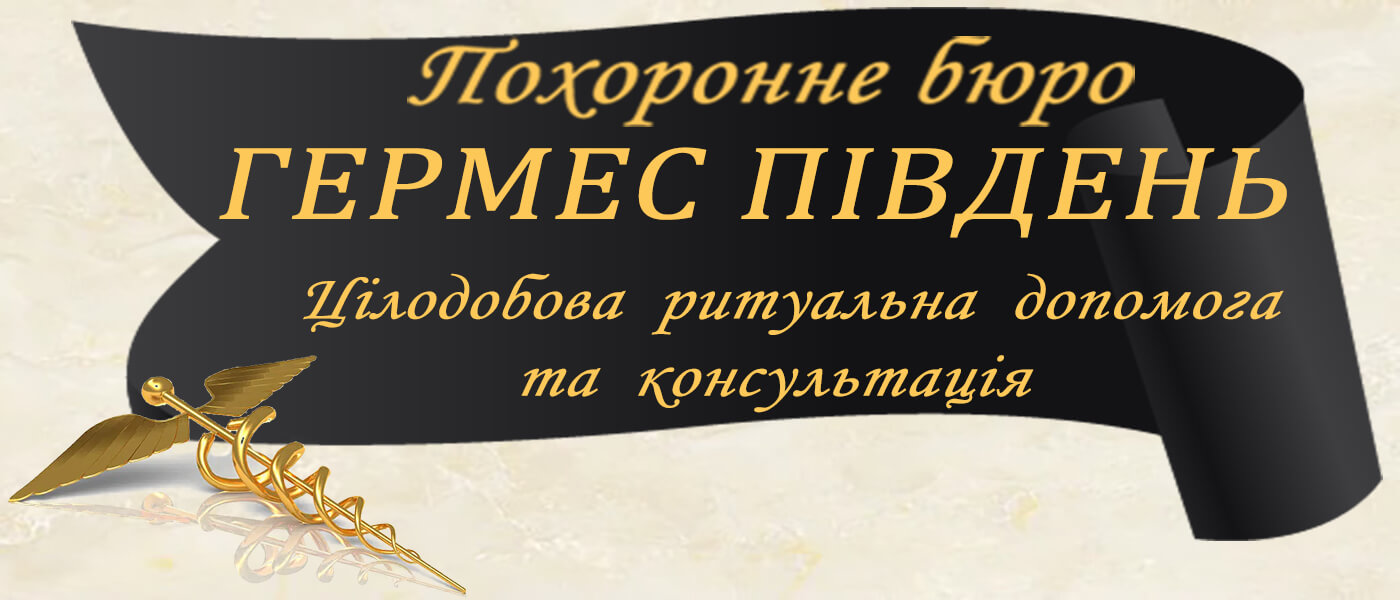У нас о чьей-то смерти могут сказать "сыграл в ящик", англичане же говорят конкретно — "отправился на 6 футов вниз". Это равно приблизительно 2 метрам, могилы именно такой глубины копают в большинстве стран мира.
Европейская традиция хоронить на глубине 2 метра берет начало в XVII веке. В 1655 году, когда в Англии свирепствовала эпидемия чумы, мэр Лондона издал указ, чтобы всех умерших закапывали в землю на глубину не менее 6 футов. По мнению городского главы, именно двухметровый слой земли мог защитить живых от заразы, распространяемой трупами.
Раньше, если в завещании покойного не было особых указаний, родственники заказывали могильщикам яму на свое усмотрение. Таким образом мертвое тело могло оказаться на три метра ниже уровня земли или вообще, быть присыпано полуметровым слоем глины и камней.
Нередко могилы раскапывали дикие собаки или лисицы, землю размывало водой или выдувало ветрами — и покойники оказывались на поверхности. Особенно это было характерно для кладбищ в бедных районах европейских городов, где многих хоронили даже без гроба.
Что говорит по этому поводу официальная наука?
В первую очередь, слой грунта над телом должен надежно изолировать внешний мир от разлагающейся плоти. Этот процесс представляет серьезную опасность для живых людей. При гниении мертвого организма размножаются бактерии и выделяются токсические вещества (кадаверин, нейрин, путресцин), которые могут вызвать отравление живого организма или привести к смерти. Особенно опасными считаются болезнетворные разлагающиеся микроорганизмы в теле человека, который умер от какой-либо инфекции, Активное разложение останков происходит первые 7 лет, следующие 8 лет происходит полный процесс минерализации и могилу можно использовать повторно.
Кроме того, тело требует к себе уважения, поэтому глубина могилы должна сделать мертвеца недоступным для птиц, животных и вандалов.
Могила должна быть защищена от природной стихии — наводнений, оползней, землетрясений, выветривания. Два метра — это достаточная глубина для того, чтобы перестраховаться от всевозможных бедствий, угрожающих снаружи. При этом грунтовые воды, как правило, залегают ниже этой глубины и не могут повредить захоронение изнутри.
Нормами предусмотрено, что отметка дна могилы должна быть выше отметки стояния грунтовых вод минимум на 0,5 м. При этом расстояние от поверхности земли до крышки гроба должно быть не менее 1,5 м. Рекомендованная глубина могилы — 2-2,5 м, а высота надмогильной насыпи — от 0,3 до 0,5 м. Насыпь является дополнительной защитой могилы от воздействия поверхностных вод, она должна выступать за края могильной ямы.
Как хоронят умерших в других странах мира
В мегаполисах Америки индивидуальное захоронение в гробах стало привилегией знаменитостей, состоятельных людей и военных, умерших при исполнении обязанностей. Средний житель большого города может рассчитывать только на более доступную кремацию, после которой урны хранятся дома у родственников или размещаются в специальных колумбариях. Другой вариант — это "многоэтажная могила": членов одной семьи могут хоронить одного над другим в общей яме, достигающей глубины 5 метров.
Многоэтажные погребения начинают делать не только вглубь земли, но и в виде вертикальных строений, по типу небоскребов. Они актуальны по двум причинам: в мегаполисах просто не остается места на традиционных кладбищах, плюс некоторые религии (иудаизм и ислам) запрещают кремацию.
В странах, где исповедуется христианство, требования к глубине захоронения особенно строгие. Это связано с церковными канонами, которые у разных конфессий различаются, но в похоронном деле приблизительно схожи. Христианин должен быть погребен на освященной земле. Считается, что освятить можно лишь верхние 3 метра грунта, не более.
Самоубийцы, лицедеи и преступники могли быть похоронены как за оградой церковного кладбища, так и в ее пределах. Чтобы соблюсти приличия и не осквернять телом грешника церковную землю, достаточно было закопать его поглубже, вне зоны досягаемости освящения.
В Румынии необходимо покупать постоянное место на кладбище. Родственников на нем могут хоронить "этажами". При смерти очередного человека гроб вынимают, яму углубляют, и в ней помещается уже два ящика. При этом место можно продать при переезде или потерять, если долго за ним не ухаживать. А жители сельской местности имеют право не пользоваться погостами, а проводить погребения на собственных земельных участках.
В Российской империи английская манера хоронить на глубине 6 футов прижилась благодаря Петру I. В 1723 году Петр Алексеевич повелел особым указом хоронить покойников на глубине 3 аршин, то есть чуть глубже 2 метров. Несоблюдение указа, плохое состояние кладбищ привело в 1771 году к чуме. Александр I ввел наказания за "погребальные преступления" - несоблюдение нормы глубины могилы.
В дохристианский период древние славяне хоронили своих умерших, не используя ни гробов, ни надгробий. Их опускали в выкопанную в земле большую могилу, складывали туда же одежду, еду, сосуды с напитками и деньги и закладывали могилу сверху. Получался своеобразный склеп. В гробах с последующим установлением на могилах крестов и памятников усопших стали хоронить только после крещения Руси. Эту традицию христиане заимствовали от древних греков, кельтов, иберов и других народов, которые издавна хоронили своих умерших в гробах или саркофагах, изготовленных из камня. На Руси гробы стали делать из самого доступного материала – дерева.





